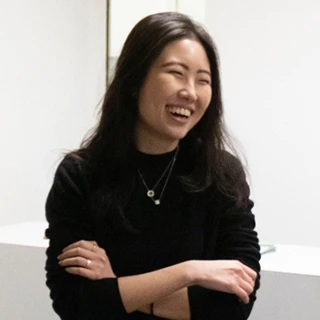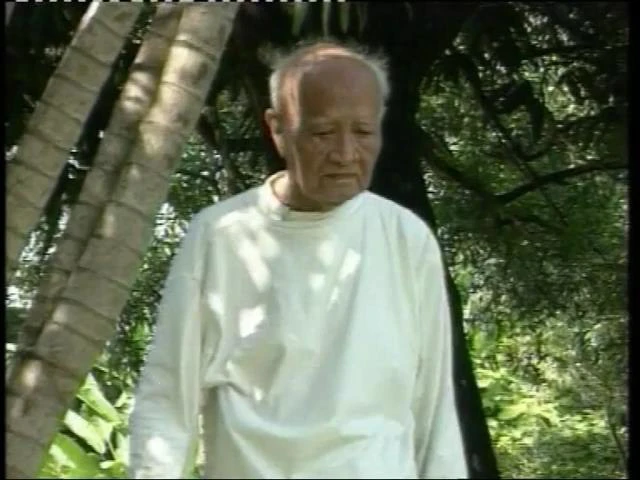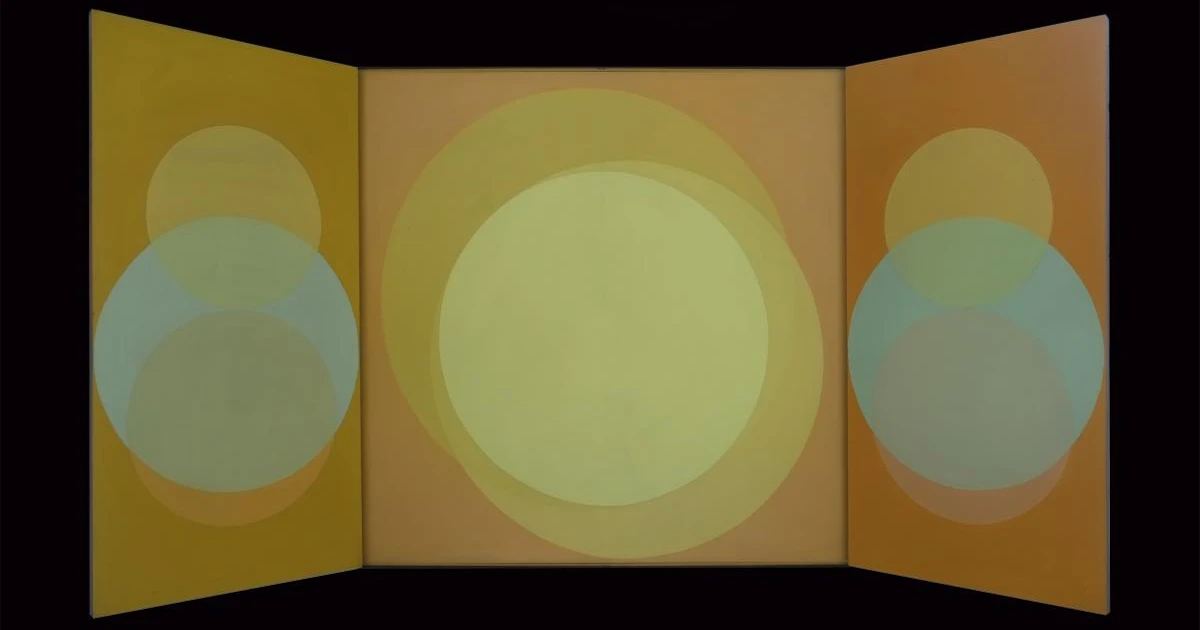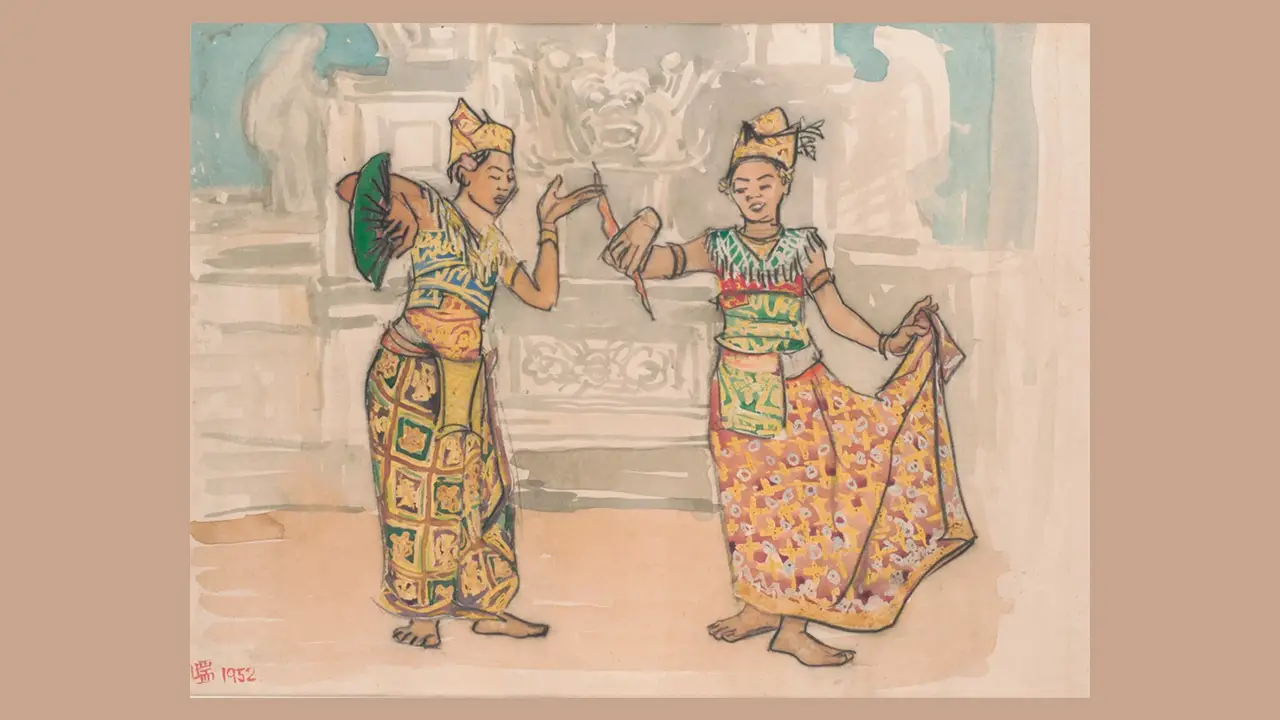Lim Tzay Chuen: The "Non-Artist"
Artist Lim Tzay Chuen has stated that an artist's need to create should not be influenced by a desire to present something concrete, be it an exhibition or publication. In this article, Dana Chan introduces the idea of a non-artist to explore Lim's practice.
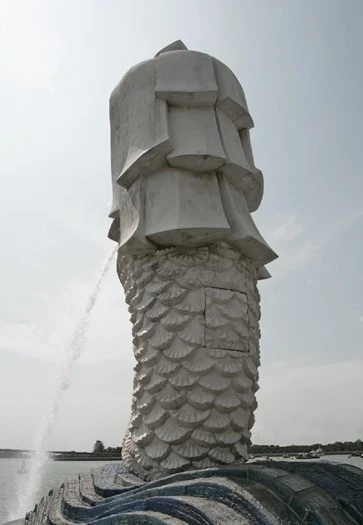
MIKE
2005
Digital print, dimensions variable
Courtesy of the artist
For the 51st Venice Biennale in 2005, Lim proposed to uproot and ship the 70-ton statue of the Merlion to the courtyard of the Singapore Pavilion. The half-lion/half-fish mythical creature is one of the country’s major tourist icons. When the Singapore Tourism Board, the custodians of the Merlion, rejected his proposal, Lim then commissioned two Italian designers to transform the pavilion into two grand public lavatories.
MIKE (2005) by Lim Tzay Chuen was previously exhibited as part of the Gallery’s long-term exhibition Siapa Nama Kamu? Art in Singapore since the 19th Century. On loan from the artist, the work stemmed from Lim’s installation at the 51st Venice Biennale; its presentation at the Gallery took the form of a photographic print of the Merlion alongside a facsimile of a newspaper article with the headline “Singapore Icon makes a splash at Venice.” The article is a report on Lim’s ambitious proposition to move the Merlion, measuring some 8.6m in height and weighing 70 tonnes, from Singapore to Venice. However, this plan failed to materialise as the Singapore Tourism Board (STB) reckoned that the public would be disappointed to realise the Merlion’s absence during the course of Singapore’s National Day celebrations. Lim rejected their proposal to sponsor the installation of a one-to-one scale replica of the Merlion, and instead converted the Singapore Pavilion at the Venice Biennale into a large public lavatory with a signboard at its entrance that read “I WANTED TO BRING MIKE OVER.” In the context of Singapore, where bureaucratic processes and art are familiar bedfellows, the National Arts Council’s (NAC) endorsement of Lim’s proposal and resulting work emphatically rendered it significant in charting the development of contemporary art here.
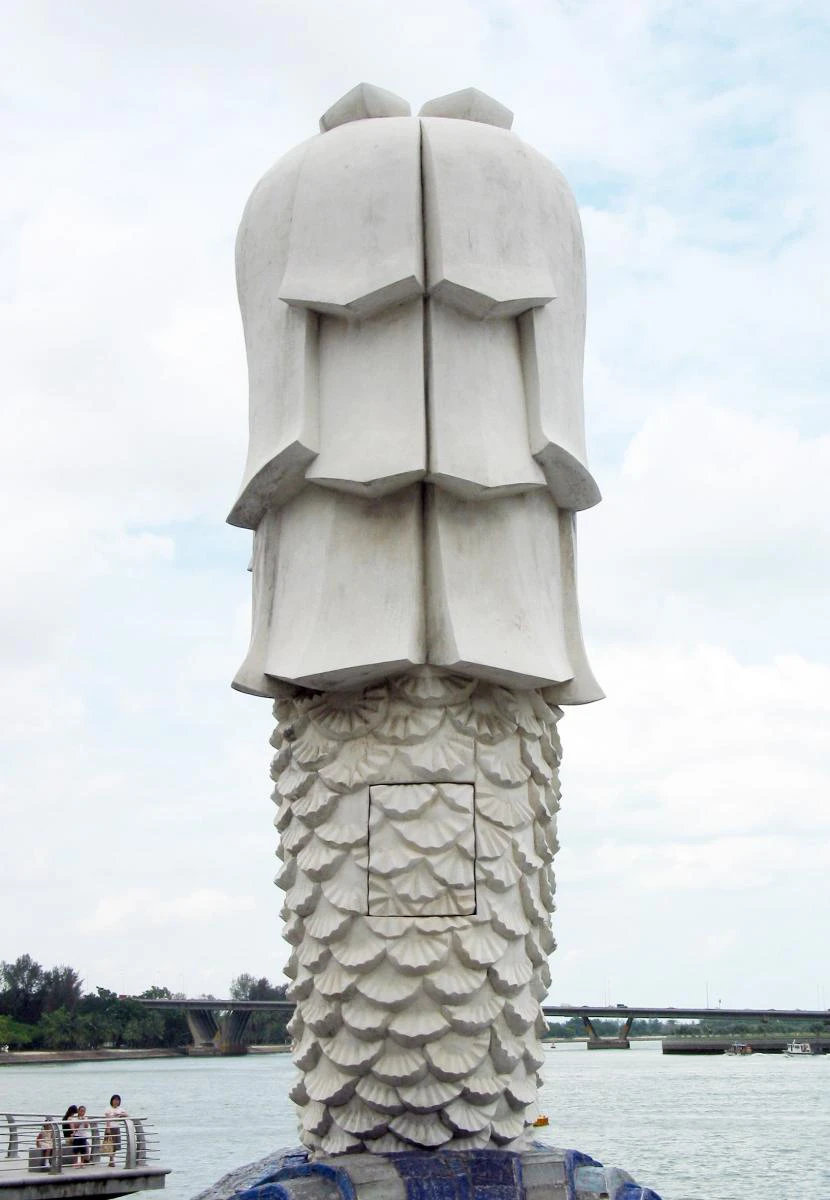
Such provocation is characteristic of Lim’s conceptually charged practice, which explores the modification of socio-political contexts in which art happens. In doing so, Lim often spotlights collaborative institutions, naturally implicating those that exist outside the art world itself. By subtly shifting the position of an artwork or tempering with a gallery’s spatial layout, his interventionist tendencies create moments of bewilderment and revelation about “… a habituated way of moving through public space, or a conventional behaviour, or subliminal links between city, myth, and body chemistry.”1
In a conversation with Lim, he shared that an artist’s need to create should not be influenced by the desire to present, which often culminates in concrete deliverables as in an exhibition or publication. His works tend to escape a physical form, only becoming meaningful through its contextualisation by the institutions involved and the viewer alike. As a result, he calls into question the latent processes that govern the conditions of artistic production and reception. Perhaps, it might then be useful to consider positioning Lim as a “non-artist.” Here, “non-” is two-fold, referencing both an absence of and opposition to something. It directly relates to Lim’s works bearing a visible lack of form, as well as their tacit resistance to the lurking institutional pressures of production and circulation and that of the larger art world.
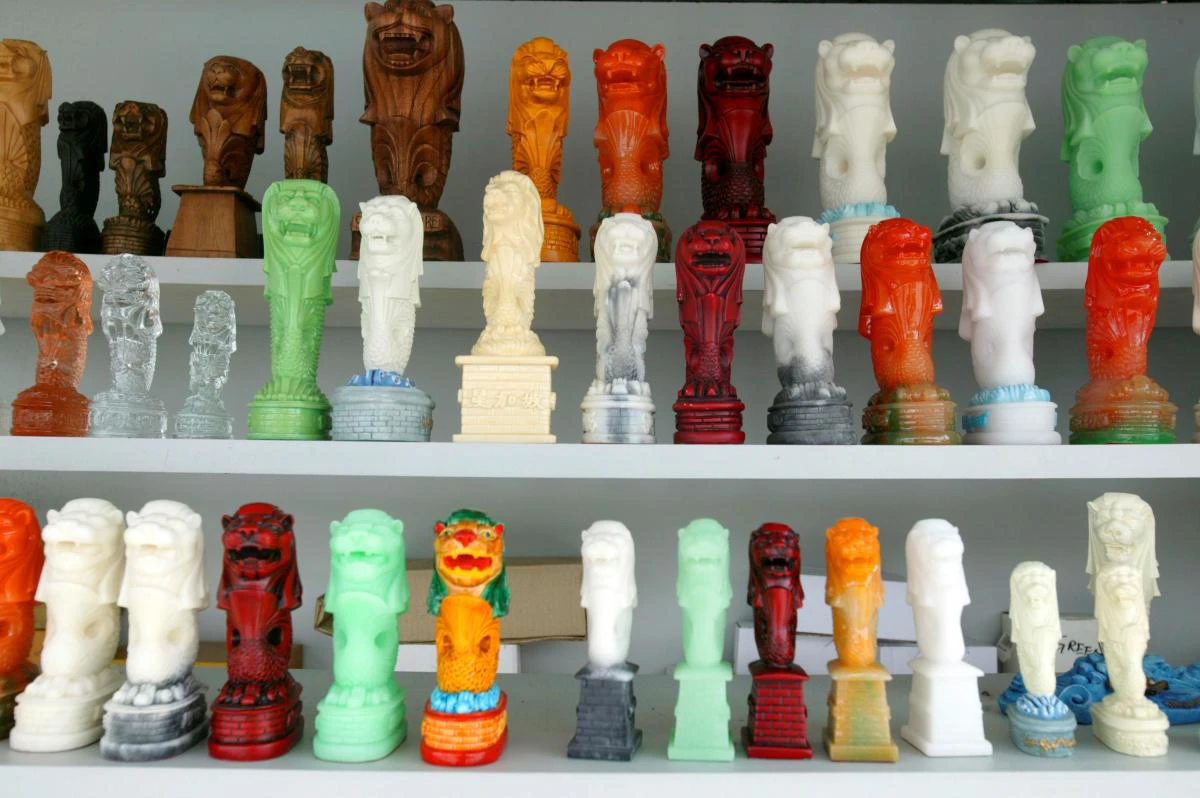
Accordingly, many of Lim’s works challenge the institutional frameworks of art, as well as the political economy of the institutions involved. As noted by Eugene Tan, then curator for the Singapore Pavilion, this is reminiscent of what Benjamin Buchloh coined the “aesthetics of administration,” whereby the processes of negotiation with institutions are co-opted into artistic production. These processes constitute the anatomy of the work itself, which probes continuously at the parameters of art. It is crucial that Lim’s history of negotiations with bureaucracy be read against the development of contemporary art in Singapore, one that reveals the changing political economy in which art is being produced and circulated here2. As with Lim’s sustained investigation into these conceptual underpinnings, his practice plays on the precarious paradoxes of visible absences and invisible presences, persisting in a liminal space that could be framed as being between gestures and interventions.
Before MIKE (2005), Lim worked on a series of Alter projects that hinged on constructing subtle alterations within existing systems of logic to affect the viewers’ perceptions and behaviours. These contextual modifications appealed to a range of experiential elements, from the spatial to the temporal. In Alter #1 (1999–2003), the artist proposed moving the public sculpture Homage to Newton by Salvador Dali that was installed at the United Overseas Bank (UOB) Plaza, Singapore, one metre away from its original position, and to move it back to its original position one year later. Focusing on the performative aspect of the body, Lim hoped to provoke the public’s sensory memory to recognise the subtle change in their environment, thereby affecting their consciousness of, and movement in and around the public space. However, Lim’s proposal was ultimately rejected by the UOB, as the bank saw no value behind his invisible artwork.3 His unrealised project raises questions about the exchange and use values of art vis-à-vis the workings of capitalism, as noted in the tenuous relationship between public art and larger corporations. Other notable projects that belonged to this series of works include Alter #7 (2001), where Lim made physical alterations to the structural features of The Substation as part of the exhibition New Criteria. In Alter #10 (2002), he presented manipulated exhibition layouts in the print materials for the 4th Gwangju Biennale.4
At the core of Lim’s works is a sense of enduring urgency. This is evident in his lesser-documented works, or unrealised works that remain ideas-in-progress, whose existences percolate and are reified through conversations. Ideas often take form of the whimsical, and range from training a flock of pigeons to fly daily from the Istana to the Singapore Art Museum, a proven favoured backdrop for pre-wedding photoshoots; to terminating the sales of Milo, the much-loved malt beverage that most Singaporeans grew up drinking as children, on the campus grounds of Singapore Management University; or even proposing to leave a love bite on the neck of the Singapore Tyler Print Institute’s executive director, an audacious form of print work marked by impassioned artistic intent. Beneath the guise of these casual musings lies a greater urgency for what can or cannot be done in the name of art within its situated context, one that allows Lim to find humour in all seriousness.
With MIKE (2005), Lim’s bold gesture to uproot the Merlion to Venice illustrates his enduring penchant for provocations that straddle the gestural and interventionist. A mythological creature conceived and designated as an identifying landmark by the Singapore Tourism Board (STB), the Merlion seeped into public imagination as a national icon for Singapore and tourists alike. Lim’s proposed intervention sought to recontextualise the Merlion within the Venice Biennale—its monumental presence on foreign shores would invariably elicit diverse responses from the visitors to the Singapore Pavilion; and vice versa, from tourists to and citizens of Singapore because of its notable absence. “[A] tongue in cheek comment on tourism, self-representation and capitalism,”5 the project failed to materialise due to the lack of approval from relevant authorities, with the exception of NAC. Nonetheless, MIKE (2005) marked a decisive moment in signalling a shift for both conceptual art6 and the institutional basis for the production and exhibition of art in Singapore, “where the idea completely replaced the art object.”7
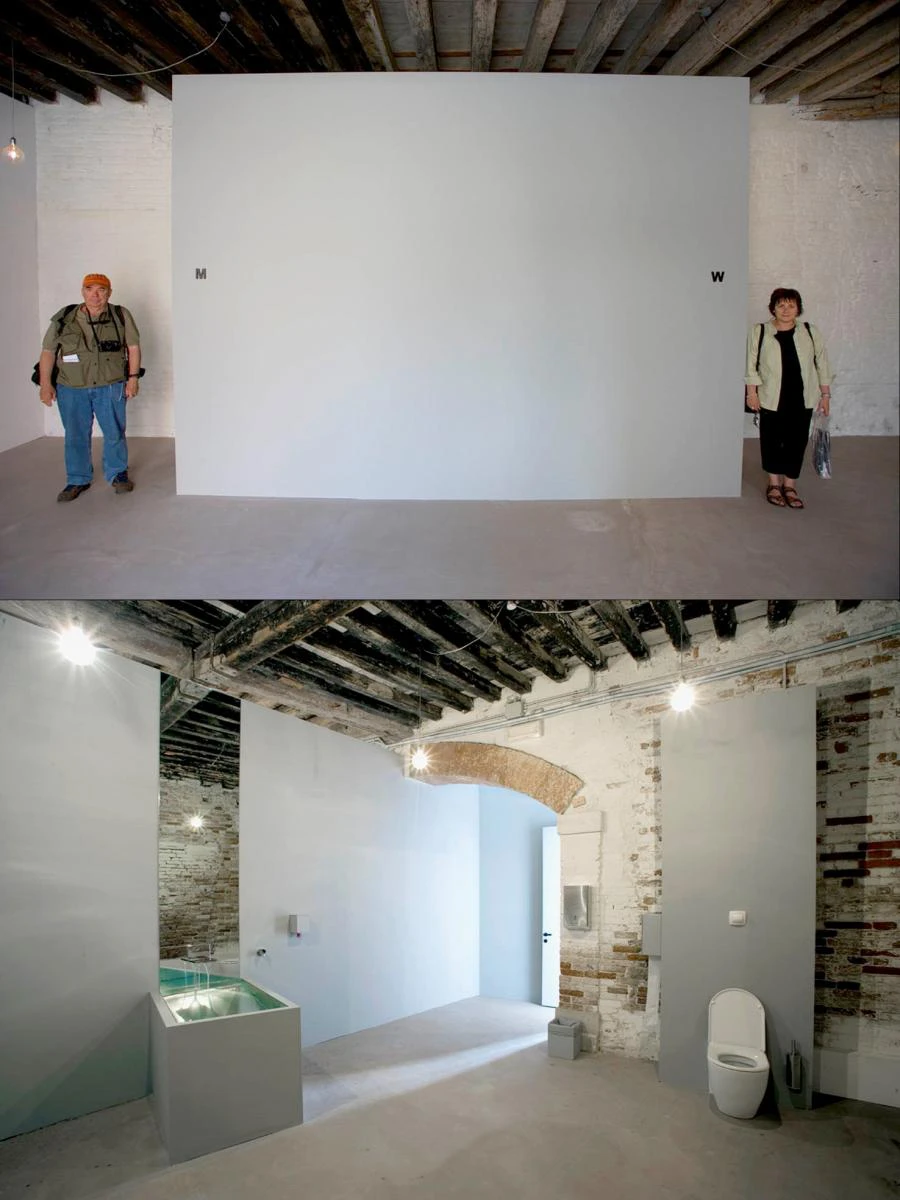
As with Lim’s other projects, MIKE (2005) sparked much debate about whether his provocations were conceived to “fail” from the outset, and if he would have been able to deliver on his artistic intentions had the project been successful. Harking back to the conceptual framings of the gestural and the interventionist, such discussions centre on critiques of Lim’s work as empty gestures—empty, as in devoid of real value and meaning, as opposed to hollowness in spatial terms.8 Perhaps, such critiques beg the question of how the viewer personally ascribes to the symbolic value of art. This question remains at the core of Lim’s negotiations with various institutions. Regardless of the form or outcome of Lim’s work, his skilful management of contexts and perceptions brings our attention to the institutional basis that props art up, and the larger political economy in which art resides.
Following the conceptual legacies of MIKE (2005), Lim’s subsequent project The Opposite is True #2 (2006) comprised the act of spraying synthesised human pheromones, designed for males, to increase the romantic attraction that females would feel. This was to take place within the interiors of City Hall (then already designated for National Gallery Singapore) as part of the inaugural Singapore Biennale, Belief, in 2006. As noted by art historian Jeannine Tang,9 Lim’s bureaucratic approval for his work proved to be a watershed moment.10 While it is possible that the contemporary currencies found in the Biennale format and contemporary art lent themselves to Lim’s conceptual strategies gaining relevance and acceptance over time, one cannot deny that it is in working from and through local conditions that Lim consistently goes beyond the faculty of imagination to one of proposition, casting new possibilities and envisioning new realities.
Notes
- Ray Langenbach, “Hidden Things,” in Ray Langenbach and Lim Tzay Chuen, A Work by Lim Tzay Chuen (Singapore: LASALLE-SIA College of the Arts, 2005), 13–15.
- The development of contemporary art in Singapore invariably influences and shapes the context in which Lim’s negotiations with bureaucracy occur. Such trajectory is reflected in Singapore’s cultural policy to position itself as a “global city for the arts”, as clearly evidenced in the 1992 Global City for the Arts Report and the Renaissance City Report introduced in 2002. For further reading, see Hoe Su Fern, “Global ambitions: positioning Singapore as a contemporary arts hub,” in Terrence Chong (ed.). The State and the Arts in Singapore: Policies and Institutions (Singapore: World Scientific Press, 2018), 351–386.
- In 2003, Lim initiated another iteration of his proposal that involved rotating the public sculpture 10cm to the left. It was again rejected by the UOB.
- For more information on Lim’s series of Alter projects, see Michelle Antoinette, “Memoryscapes: Present Pasts Revisioned,” in Michelle Antoinette, ed., Reworlding Art History: Encounters with Contemporary Southeast Asian Art After 1990 (Amsterdam: Rodopi, 2014), 383–399 and Ray Langenbach “Hidden Things” in Ray Langenbach and Lim Tzay Chuen, A Work by Lim Tzay Chuen (Singapore: LASALLE-SIA College of the Arts, 2005), 9–55.
- Charmaine Toh, "Shifting Grounds," in Low Sze Wee (ed.). Siapa Nama Kamu? Art in Singapore Since the 19th Century (Singapore: National Gallery Singapore, 2015), 101.
- Conceptual art in Singapore had its underpinnings as early as in the 1970s, most notably with Cheo Chai-Hiang’s 5’ x 5’ (Singapore River) (1972)—or its set of instructions with regard to its presentation—which presented an alternative take to the traditional representation of the Singapore River through painting.
- Toh, “Shifting Grounds.”
- In her essay, Joan Kee makes a similar distinction between emptiness and hollowness in discussing various artists who make reference the notion of hollowness vis-à-vis certain aspects of Singaporean contemporaneity, one of whom includes Lim Tzay Chuen and the particular discussion of his work and the boy asked… (1999). See Joan Kee, “Envisaging Hollowness in Contemporary Singapore,” in Jeffrey Say and Seng, Yu Jin (eds.). Histories, Practices, Interventions: A Reader in Singapore Contemporary Art (Singapore: Institute of Contemporary Arts Singapore, 2001), 94–104.
- Jeannine Tang, “Spectacle’s Politics and the Singapore Biennale.” Journal of Visual Culture 6, no. 3 (December 2007): 365–377. https://doi.org/10.1177/1470412907084519.
- Lim had proposed earlier projects that involved the use of pheromones, such as the Nuit Blanche festival in Paris (2004) and again for the Venice Biennale. The project was only realised with the inaugural Singapore Biennale in 2006.








-min 1.png)
